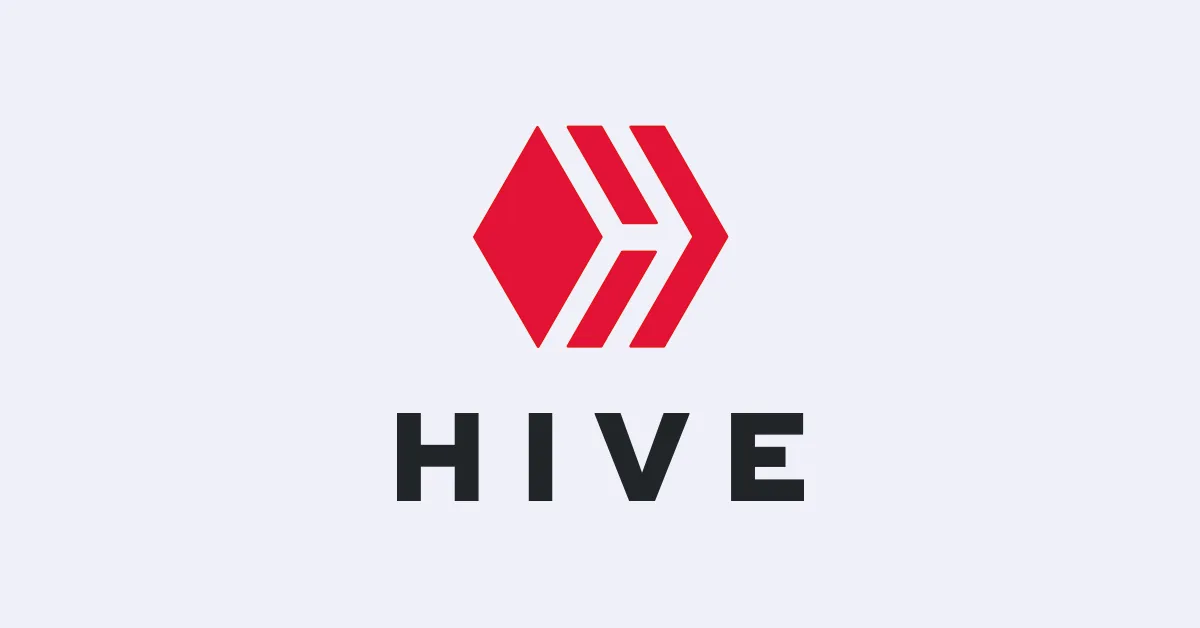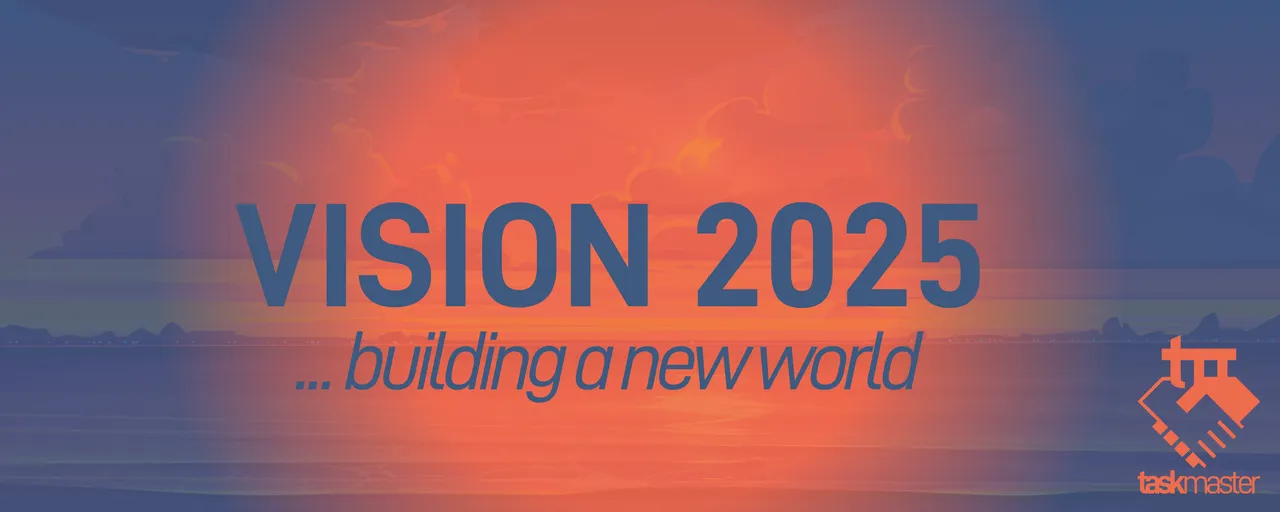What makes a blockchain stand out?
This is an important question when you consider the "world of copy/paste". We know that any open source chain can be forked. Hence, understanding what makes something unique is crucial.
Hive is decentralized, at least relative to most other chains. We have a system is distribution that is not seen elsewhere. At the same time, we see building taking place.
That said, we have to look at blockchain in totality to see what separates things.

Bitcoin Forks
Bitcoin burst onto the seen over a decade ago. Since that time, there are untold numbers of forks.
In this regard, Bitcoin is not unique. We have Litecoin, Bitcoin Cash, and Bitcoin Gold. There are some alterations to the code but, overall, it is basically the same. Proof-of-Work (PoW) is the consensus mechanism with mining being how block producers are chosen.
It is a system that worked since the start, without a hiccup. There is a lot to be said for a network like that.
If we look at market capitalization, nothing compared to Bitcoin. It is still the granddaddy in terms of price. The issue is the forks are not even close in value.
Why is this?
Simply put, one could fork Bitcoin but it cannot be duplicate. The value of a secure network that is decentralized is huge. It also had the first mover advantage with the largest network. One could say that network effects took over.
It is unlikely that any of the forks will ever come close to the original. They might create better alternatives in terms of technology and the user experience yet it is still not the original. Also, Bitcoin is likely one of the few that is beyond a 51% attack.
Ethereum Forks
We saw the smart contract world open up with Ethereum. This changed the game completely.
Like Bitcoin, since that time, Ethereum was forked repeatedly. At issues is, for the most part, the fees. Transaction fees on Ethereum can get costly. This is promised to be addressed in forthcoming upgrades.
We saw a lot of other chains such as BSC and Polygon show up. Like Bitcoin, none of the forks rivaled the original chain.
Ethereum still has the overwhelming lead in market capitalization. At the same time, the investment and money flowing in to that ecosystem is unparalleled.
Once again, it appears the network effect is taking place.
Centralization is an issue with these systems. Since they utilize a Proof-of-Stake (PoS) mechanism, the distribution of the coins is vital. Here we see questions raised due to certain parties having enormous influence. When we look at a few of the top wallets on Ethereum, we can see how a small group of people can control the network.
Hive's Decentralization
Hive has a couple features that separate it from much of what is out there.
To start, it utilizes delegated-proof-of-stake (DPoS) as the consensus mechanism. This spread block production out amount a large group of nodes by incorporating a rotation system.
Another is the social media aspect that is tied to coin distribution. In fact, with Hive, there are a number of ways to get the base layer coin of $HIVE.
In addition to being a node operator, one can also buy it on the open market. This is similar to most other blockchains.
Where the difference enters is in the fact people can get rewarded. A certain amount of the daily inflation is distributed to those creating and curating content. Many platforms are discussing the idea of rewarding content creators. Hive has done this for the past 7 years.
Another interesting fact arises in the ability to start "opening up new markets". Geographic areas that were never penetrated can participate. When users in those regions start to create content that receives votes, that applicable monetary value is distributed.
This means wallets can be anywhere in the world. As coins and layer 2 tokens flow in, people without resources are included.
When the base layer coin is staked, it enjoys governance rights (after a 30 days delay). This means that people can participate in the direction of the ecosystem simply through their activity.
Unlike Ethereum, the stake of the top wallets is nowhere in the same range. To achieve governance rights on a large scale would require the accumulation that would take a long time. The fact there is no pre-mine stake to buy, something common on other chains, prevents quick accumulation.
Fork From Steem
Hive is one of the few (if not the only) situations where the forked chain actually exceeds the original.
Steem was the original chain. In March 2020, it was forked, with Hive pulling the data starting with the genesis block. The entire database form the start is housed in Hive.
One of the major moves was moving the pre-mine into a DAO. This eliminated a point of vulnerability.
Steem is not decentralized at all. Justin Sun controls that network with a majority of the stake. This is something that is going to affect value in the future.
Hive's strongest asset is its decentralization. Bitcoin is holding strong against all threats, in part due to the decentralization it has. Nobody is able to control it, including governments. Whatever drawbacks the network might have, this is something that cannot be taken away.
We are seeing the value of decentralization starting to come into focus.
It is true most of the world does not value this. However, that is the case right up to the point they lose the ability to engage in whatever is desired. Then things such as account ownership become a great deal more important.
In this regard, those who value it are ahead of their time. There will always be a place for Bitcoin because there is great value in a decentralized network with monetary distribution that has deep liquidity and cannot be controlled.
Hive is different in this regard but does offer a decentralized text database that cannot be controlled. With the ability to tap into BTC (being worked on), we could see a major push forward.
The future is not through centralized exchanges (CEX) and getting involved with entities such as Coinbase. The only reason to deal with them is when interacting with fiat currency. Outside of that, we are simply replicating the existing system.
Here is where decentralization is the future. A lot of infrastructure is still required but the opportunity is there. Simply put, with all that is taking place, it is the solution many are going to be looking for.

logo by @st8z